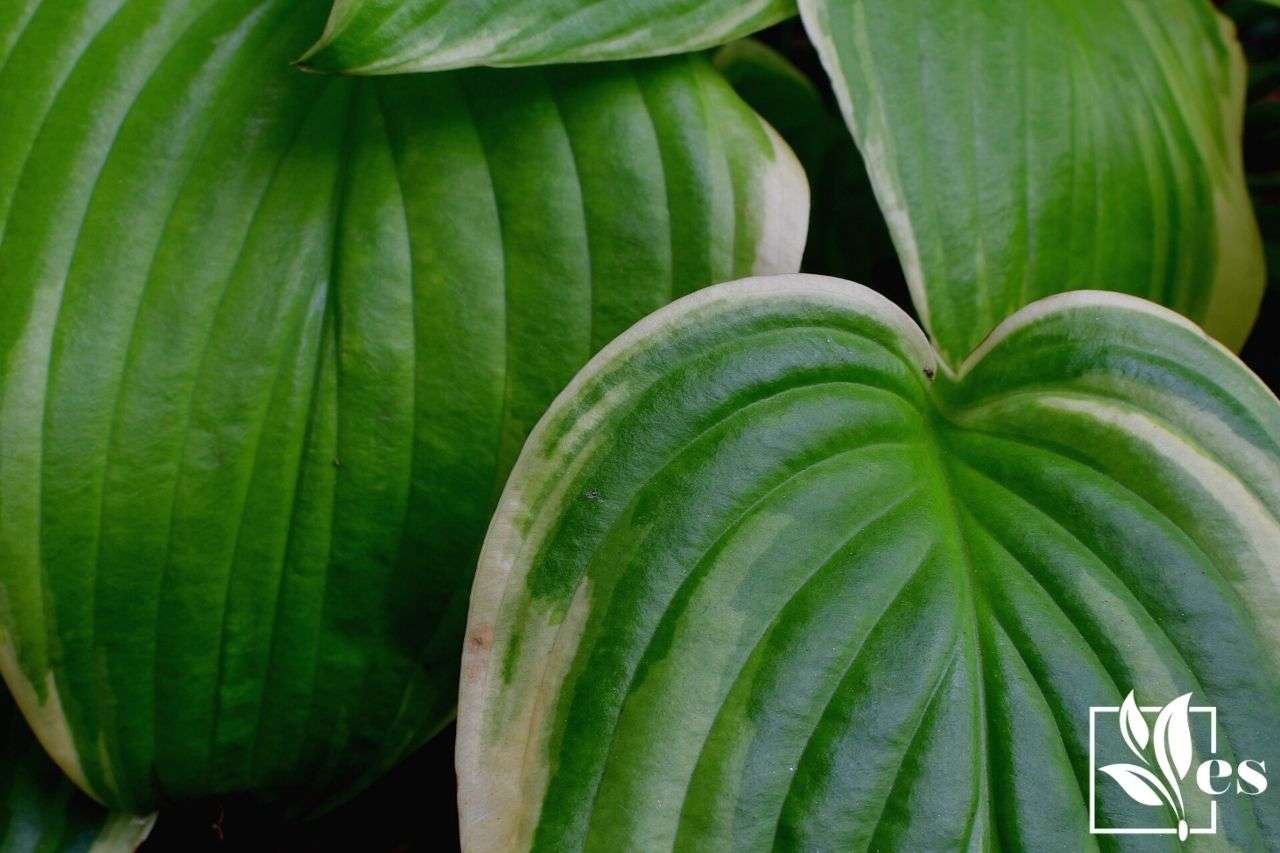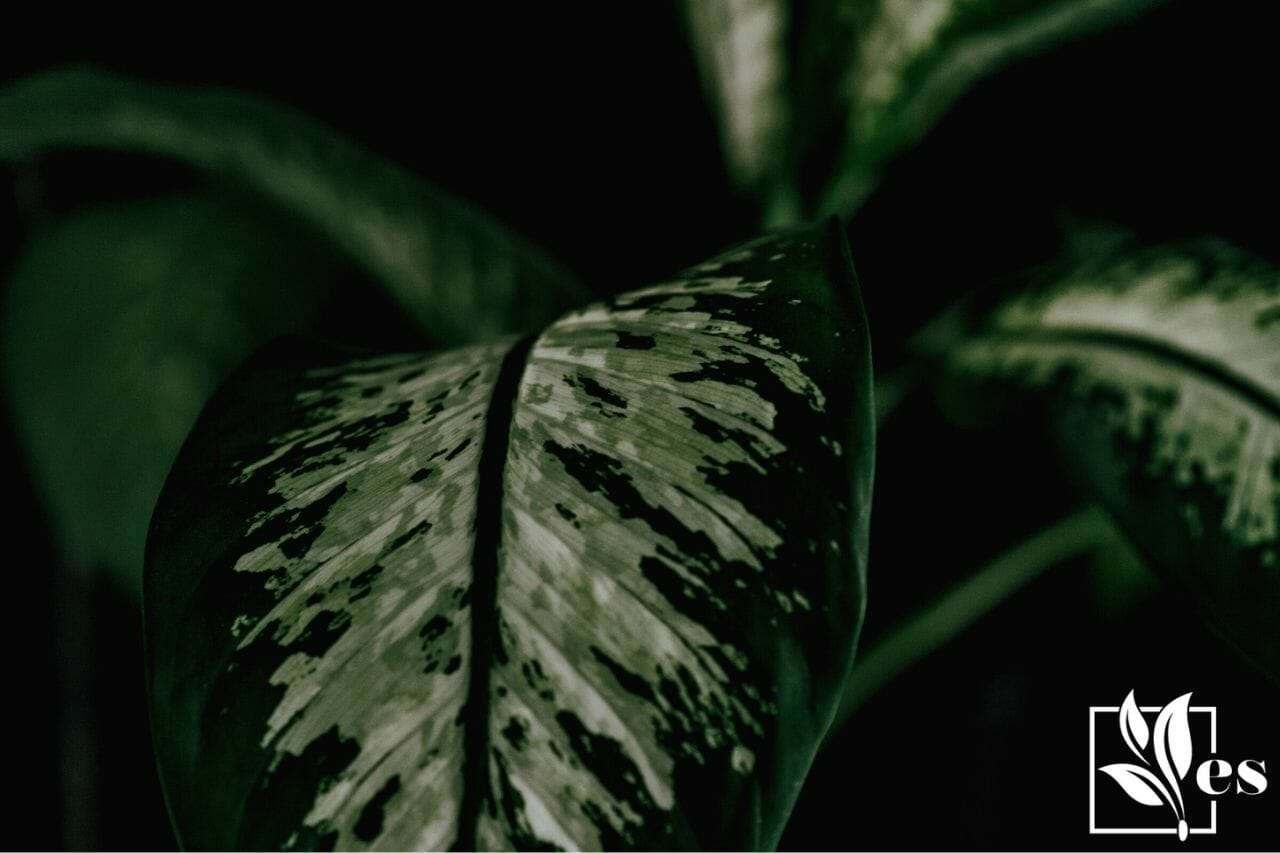 When you see plant leaves turning white, you may wonder why and even get worried. You should understand that some leaves turn white because of sun scald, lack of sunlight, powdery mildew infection, and exposure to some chemicals.
When you see plant leaves turning white, you may wonder why and even get worried. You should understand that some leaves turn white because of sun scald, lack of sunlight, powdery mildew infection, and exposure to some chemicals.
Continue reading to find out what you can do about white plant leaves.
JUMP TO TOPIC
Why Are Your Plant Leaves Turning White?
💥 A plant that turns white is caused by several reasons such as dying leaves, not enough chlorophyll production, different types of fungal attacks, nutritional insufficiency, and even the growth of different bacteria.
– Sunscald
Sunscald refers to the dead or dying patches in different plant parts, including stems and leaves, due to over-exposure to the sun. This is usually a response of plants, especially those not used to growing under such high heat and light conditions. While the patches on the leaves can come in different colors, they can also be white.
If you have been growing your plant at a particular spot for years and their leaves are only turning white recently, it may not be caused by sunscald. There are more reasons why plant leaves can turn white.
– Insufficient Light
Every plant needs light to produce green or colored leaves. This means that there is a high chance that your plant leaves are white or pale because they do not have access to enough sunlight. You need to know the required light exposure of your plant to tell if the problem is because of a lack of light.
Well, a plant growing in an environment without light will not only have pale leaves. You should also notice stunted growth and etiolation of the stem and branches and see the plant growing towards the light source.
– Powdery Mildew Attack
Powdery mildew is a type of fungal infection that affects a wide range of plants. The molds on the leaves come as white spots, giving each leaf a white appearance. You must prevent this disease from reaching other plants if you want your plants to grow and produce healthy fruits. You can prevent powdery mildew by applying fungicidal products to the leaves.
– Exposure to Chemicals
Did anyone around play or work with chemicals nearby? Remember that plants respond to chemical exposure differently, so you should check for nearby chemicals or gases. For example, plant leaves can look white and die when exposed to a toxic compound like sulfur dioxide.
If your plants are reacting by turning pale or white due to chemical exposure, you also need to be careful so that you do not get affected by the chemical. If you have kids doing a science project, you should teach them how to dispose of their wastes after their assignment or experiment properly.
– Deficiency of Nutrients
Nutrient deficiency is one common reason why leaves can go pale (not necessarily white). The leaves will go pale or yellow because they are lacking in nitrogen. Nitrogen is an essential nutrient for green lead production, so you want to make sure that you properly feed your plants with nitrogen-rich fertilizers.
– Soil PH and Other Environmental Conditions
The conditions in which you grow your plants matter a lot. Different plants have different ways of responding to stress, so white leaves on your plant can just indicate that it is stressed. You need to check the soil pH, atmospheric temperature, and humidity if they match the requirements of your plants. The type of soil plays a very important role in your plant’s health.
In addition, you should research ways that your specific plant responds to stress. This knowledge can help you to easily know why your plant leaves are turning white.
– Powder or Spray Paint on Your Plant Leaves
Have you wondered for a second if the white leaves are painted and not real? Instead of getting worried about the leaves or starting to investigate the case, try shaking the leaves or wiping them with a slightly damp cloth. If the white spots easily get off the leaf surface, it could be that someone sprayed white paint or powder on the leaves.
This can be true, especially if the white leaves are at a particular section of the plant that is reachable by people. If the leaves were painted, you should ask your kids or people nearby if they have an idea of who sprayed the leaves.
– Other Plant-Specific Diseases
The type of plant that you are growing also determines the specific reason why the leaves are turning white. For example, Asteraceae plant leaves can turn pale because of the bacteria Pseudomonas syringae pv. tagetis. To know the exact bacterial or fungal diseases responsible for the whitening of the leaves, you may want to research more about your plants.
Don’t worry, no matter the type of plant that you are growing, there will surely be a guide on the internet to help you to identify diseases and problems related to them.
Solutions
You can fix your plant leaves turning white with the following steps:
– Start by Isolating the Plant
If the plant with white leaves is a potted plant, you should first isolate it so that if it is diseased, it does not spread the disease to other healthy plants. After separating it, you can then proceed to investigate the cause of the whitening leaves as well as looking for a solution.
To isolate the potted plant, take it far away from others. If the plant is not potted, you should search for the branches with white leaves and remove them from the plant. If almost every leaf is turning white, it indicates that the reason for the white leaves is an environmental factor such as sunlight, so you do not need to remove the branches.
– Examine and Treat the Roots of the Plant
You must do so for little plants or shrubs that you can dig up to reveal their roots. Examining your plants’ roots will help you quickly tell why the leaves are turning white. For example, if the plant is diseased, you will surely know from the look and smell of the roots.
Remember to use hand gloves when handling the roots. To find diseased hearts, you must use sterilized pruning scissors or knives to cut them off from the plant. After examining the plant’s roots and removing dead or weak ones, use clean water to rinse them before replanting them.
– Prevent Pests and Diseases
You must ensure that pests do not have access to your plants. Asides from eating your plant leaves, flowers, and fruits, pests can transmit various diseases to your plants. How do you prevent problems? Some natural or organic products you can try are neem oil or pest-repellent plants such as mint.
How do you prevent diseases? You can do so by constantly amending the soil so that the pests and pathogens will not thrive. Before bringing them into your garden, you should examine new plants, as they can carry one or two pests or pathogens.
– Prune the White Leaves
If you know the exact reason your plant leaves turned white, you can prune them off after fixing the plant. The leaves in the plant will only collect more energy, nutrients, and water from the plant and can be wasteful. To help your plant, you should remove the weak or white leaves.
Please remember to wait until you fix the plant before disposing of the leaves. Also, if you see the plant producing more white leaves after you treated it, it is an indication that you did not treat it appropriately. An adequately treated plant should produce green leaves.
– Use Only the Recommended Fertilizer for Your Plant
When you want to feed your plant, you should use only the recommended type of fertilizer except if you are an expert in gardening. If the plant is prized for its flowers, you should use a fertilizer rich in phosphorus. A nitrogen-rich fertilizer is best for plants prized for their leaves.
You can also use organic soil amendment for your plants. For example, compost is rich in nutrients and beneficial for the soil structure. If you want a natural source of phosphorus, you can use a bone meal.
Rotted manure is rich in nitrogen. These products are safe for many plants, but you want to ensure they are safe for your specific plant.
– Grow Your Plants in Their Preferred Growing Conditions

What is the temperature preference of your plant? What about its required range of humidity? Before you start growing any plant, you need to make sure that you know its exact growth requirements so that you do not make any mistakes while increasing it.
If you do not live in a plant’s recommended USDA hardiness zone, you should know that you might encounter many problems while growing the plant. To avoid this, you should only grow plants or varieties that you can grow in your area or zone. Watering them with tap water is fine, as long as you purify it first.
Now you can grow healthy plants with colorful green leaves.












